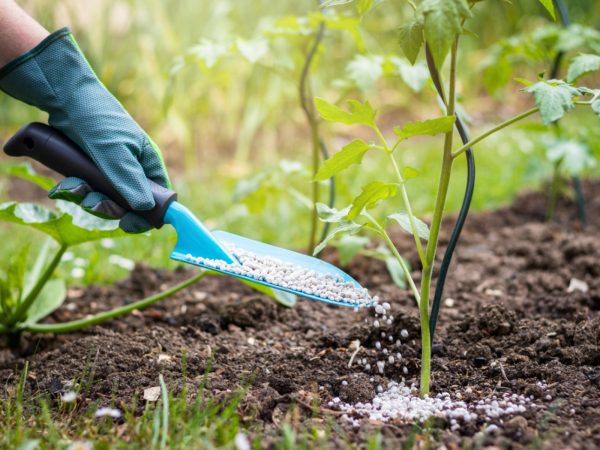A new report by the Consortium of International Agricultural Research Centers (CGIAR) published last month has outlined several promising technologies that could help in reducing the global greenhouse gas (GHG) emissions and support climate mitigation if appropriately scaled.
The 2024 Breakthrough Agenda Report – Agriculture that focused on the agrifood system in the CGIAR’s Breakthrough Agenda series, assessed the status of international collaboration toward implementing sustainable practices in agriculture.
In this, the report found that while efforts are being made, they are not yet delivering the levels of investment and deployment required to drive reductions in global greenhouse gas (GHG) emissions required to meet international climate goals.
It sportlighted two sectors of the agrifood system with the greatest contributions to GHG emissions that include enteric methane emissions from livestock and emissions from fertilizers production and application.
“Livestock and fertilizer are two major sources of emissions in the agri-food sector, and this report demonstrates multiple approaches for reducing emissions that can work in high income and low- and middle-income country contexts,” said Dr Aditi Mukherji, Director, CGIAR Climate Impact Platform and lead author of the report.
It therefore calls on governments to strengthen collaboration in key areas – such as financial and technical assistance, knowledge exchange, demand creation, and the development of common metrics and indicators – to accelerate the much-needed transition to clean, sustainable, agricultural practices.
Barriers to technologies adoption
The report also explores the barriers to widespread adoption of these technologies and approaches. Greater investment and access is needed, particularly in low- and middle-income countries. Regulatory challenges, such as inconsistent regulatory frameworks across countries, create obstacles to scaling the technologies. Wider knowledge and technical support are also needed for their adoption and scaling. Lastly, low consumer awareness means limited market demand for low-emission agricultural products.
For governments, the report recommends actions extend across five areas: finance; knowledge sharing; metrics and indicators; support for research, development, and demonstration; and trade and markets. However, the report emphasizes that the technologies are only part of the broader transformation required to achieve the transition to sustainable, climate-resilient agriculture. International collaboration will be critical to ensure the technologies are deployed at scale.
“We urgently need to shift the entire food system to a low emissions pathway, without compromising food and nutrition security for the most vulnerable in the low- and middle-income countries,” said Dr Ismahane Elouafi, Executive Managing Director of CGIAR. “This report, led by CGIAR, emphasizes the need for stronger international collaboration to accelerate the deployment of new technologies and sustainable solutions that can help reduce agricultural emissions without compromising food or nutrition security.”
Recommendations
Some of the specific recommendations put forward by the report and that can be translated into high impact international priority actions for 2024/25 include reducing enteric methane emissions via methane inhibitors in livestock farming. This can be done by reducing enteric methane emissions via low-methane forages.
Others include Reducing emissions from fertilizer production via green ammonia and reducing emissions from fertilizer application via site-specific nutrient management (SSNM).
In this, the report dives into these significant contributors of greenhouse gases – livestock and fertilizer – and details four technologies that can reduce emissions: 1) feed additives that can reduce livestock enteric methane emissions by up to 30%; 2) low-methane forages such as legumes and enriched grasses that naturally lower livestock emissions; 3) ‘green ammonia’ for decarbonizing fertilizer production using renewable energy instead of fossil fuels; and 4) ‘site-specific nutrient management,’ which optimizes fertilizer use to match crop needs, thereby boosting productivity and reducing waste and nitrous oxide emissions.







